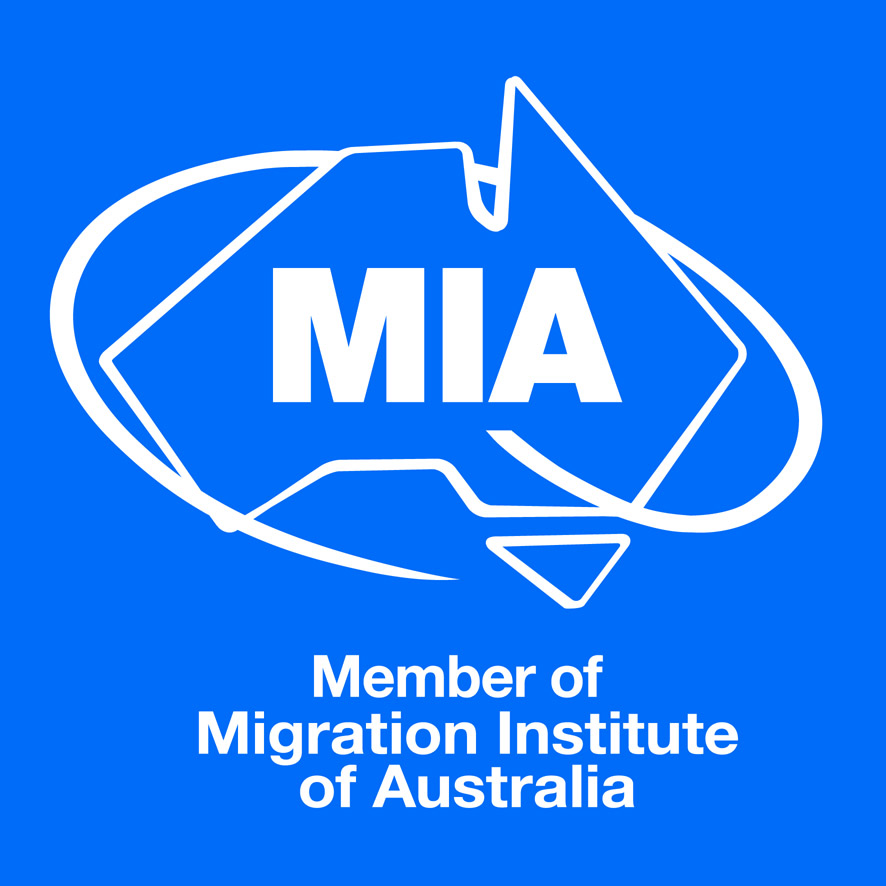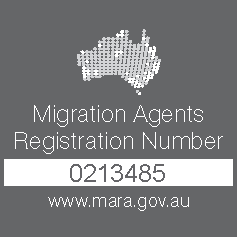The Temporary Skill Shortage Visa (subclass 482) enables an employer to sponsor a suitably skilled worker from overseas to fill a position that cannot be filled by an Australian worker. In order to obtain a Temporary Skill Shortage Visa, there are a few steps in the process that need to be considered and followed.
Step 1: Cost Considerations
The Subclass 482 has several different costs which need to be considered when evaluating whether it is right for your business. Employers wishing to sponsor overseas workers for a TSS 482 visa must pay a training contribution charge known as the Skilling Australians Fund (SAF) levy. Businesses with turnover of less than AUD10 million per year are required to make an upfront annual payment of $1,200 per year of the visa duration. Businesses with an annual turnover of more than AUD10 million per year are required to pay an annual upfront fee of $1,800 per year of the visa duration. For a small business (turnover < AUD10m) sponsoring an employee for 4 years this would be an upfront cost of AUD4,800.
In addition to the SAF levy, employers must also prove they are going to pay the market salary rate. This ensures that overseas workers are protected, and the local labour market is not undercut. The salary must be above the Temporary Skilled Migration Income Threshold (TSMIT) which is set by the Department of Home Affairs each year. Currently the threshold is AUD53,900 plus superannuation.
Step 2: Business Sponsorship
In order to sponsor skilled overseas workers, the business must hold either a Standard or Overseas Business Sponsorship, or be party to a labour agreement. In order to become a sponsor, employers must be lawful and operating a business that meets local labour and employment practices.
Step 3: Labour Market Testing (LMT)
Labour Market Testing generally involves advertising the position in Australia, ensuring employers try to find a suitable qualified Australian for the role before seeking an overseas skilled worker.
Employers must run two advertisements prior to offering a position to an overseas worker. There are specific requirements for advertising roles. These include:
The job be advertised in Australia, in English and contain:
– the title or a description of the position
– the skills or experience required for the position
– the name of the approved sponsor or the name of the recruitment agency being used by the sponsor
– the salary for the position if the annual earnings for the position are lower than $96,400
Publishing the ads in any of the following for at least 28 days:
– a prominent or professional recruitment website with national reach
– national print media (newspapers, magazines)
– national radio
– on the business’s website if the sponsor is an accredited sponsor
It also must be advertised on the Government’s Jobactive website and include all the information contained in the other two ads. Jobactive advertisements must run for at least 28 days.
Step 4: The Nomination Process
The nomination process relates to the position that needs to be filled and outlines details such as salary details, efforts to hire Australian workers and the genuineness of the position.
Step 5: Visa Application Process
When lodging a visa application, the applicant must prove they have the skills necessary to carry out their occupation as well as meet health and character requirements.
In order to learn more about Business Sponsorships, Temporary Skill Shortage Visas or any other aspect of employing skilled overseas labour, contact the team at Visa Solutions Australia on 1800 828 008.
Travel Exemptions
While Australian borders are currently closed due to the COVID-19 pandemic, travel exemptions may apply under the following circumstances:
– A traveller has a compassionate or compelling reason to visit Australia
– Overseas workers holding a Subclass 482 or 400 visa are required to undertake a job in Australia that cannot be filled by a local employee
Visa Solutions Australia has been successful in acquiring a broad range of exemptions, from critical workers to those needing to travel on compassionate grounds.







